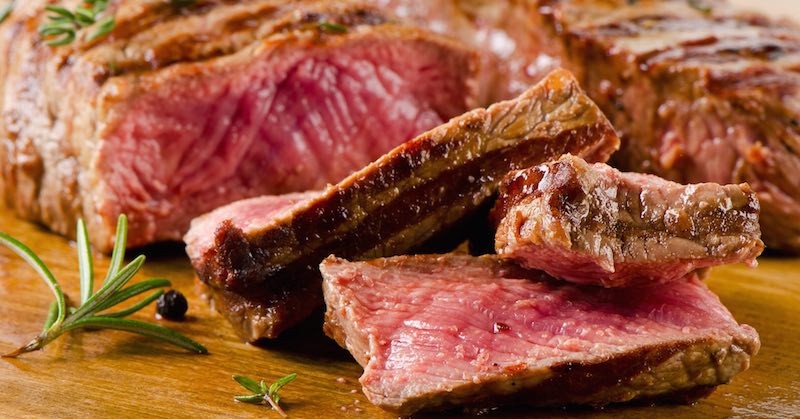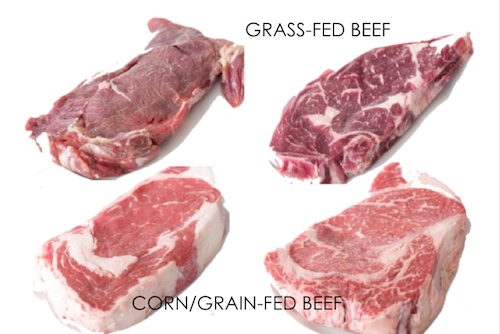Eating Red Meat Can Increase Your Risk Of Stroke, Here Are Healthier Options
Last updated on
Eating red meat has often been linked to a higher risk of cardiovascular issues. Now, researchers have additional proof that red meat can increase the risk of stroke. Recent findings suggest that eating steak, bacon, or sausage on a regular basis can put at 50% greater risk of blockage that can lead to an ischemic stroke.
This does not mean that you need to completely cut meat from your diet. There are healthy options and alternatives to the typical mass-produced red meat. Learn more about the connection between red meat and strokes, along with food that you could eat instead.
How Much Red Meat Is Too Much?
The study that examined the link between red meat and strokes found that people that consumed more than 93 grams of meat per day were 47% more likely to suffer blockage in the brain. Eating too much red meat can cause blockage in the blood vessels that are responsible for supplying the brain with blood. This increases the risk of ischemic stroke.
Researchers pointed out that it is okay to eat red meat, but you may want to include more lean red meat and limit the amount of meat that you consume.
Another study analyzed data from 11,000 middle-aged people that had no risk factors for heart disease or strokes. The participants were 45 when the study began and 64 when it ended. They were divided into five groups, based on the amount of protein that they consumed.
Those that ate less protein were less likely to be obese or require medications to control cholesterol. Those that ate 93 grams or more of protein each day had higher occurrences of heart attacks, strokes, and other health concerns. Out of the more than 11,000 participants, 699 had suffered strokes.
The group that ate the most protein were 41 percent more likely to suffer a stroke, compared to the group that ate the least amount of protein. Eating more eggs was also linked to a higher risk of hemorrhagic strokes. This is a less common type of stroke caused by a blood vessel rupture in the brain.
What Should You Eat Instead?
Instead of getting all your protein from red meat, look for other sources of protein. For starters, use lean red meat or go with poultry or fish. These meats tend to have less fat and are less likely to cause a blockage.
As in the image above, grass-fed beef contains less fat and the meat has a deeper, healthy red color. The little fats in grass-fed beef are yellow from the beta-carotene from the grass, as opposed to the white fats in the corn/grain-fed beef. Grass-fed meats will not contain the harmful additives, antibiotics, hormones and chemicals often found in mass-produced meats.
Read about the differences in fats found in grass fed vs. corn/grain-fed beef.
Along with grass-fed meats and wild fish, you could look for protein in vegetables and nuts. Most nuts are good sources of protein, as are certain vegetables and grains. Broccoli is a surprisingly good source of protein, as are beans, lentils, and quinoa.
As with any food, you should eat red meat in moderation. There are many other ways to get your protein, but if you feel the need to eat red meat—look for grass-fed options.
Sources:
https://www.dailymail.co.uk/health/article-3335328/How-eating-red-meat-trigger-STROKE-Gorging-steak-bacon-sausages-means-50-likely-life-threatening-blockage-brain.html
Some of the links I post on this site are affiliate links. If you go through them to make a purchase, I will earn a small commission (at no additional cost to you). However, note that I’m recommending these products because of their quality and that I have good experience using them, not because of the commission to be made.



































 JOIN OVER
JOIN OVER
Comments